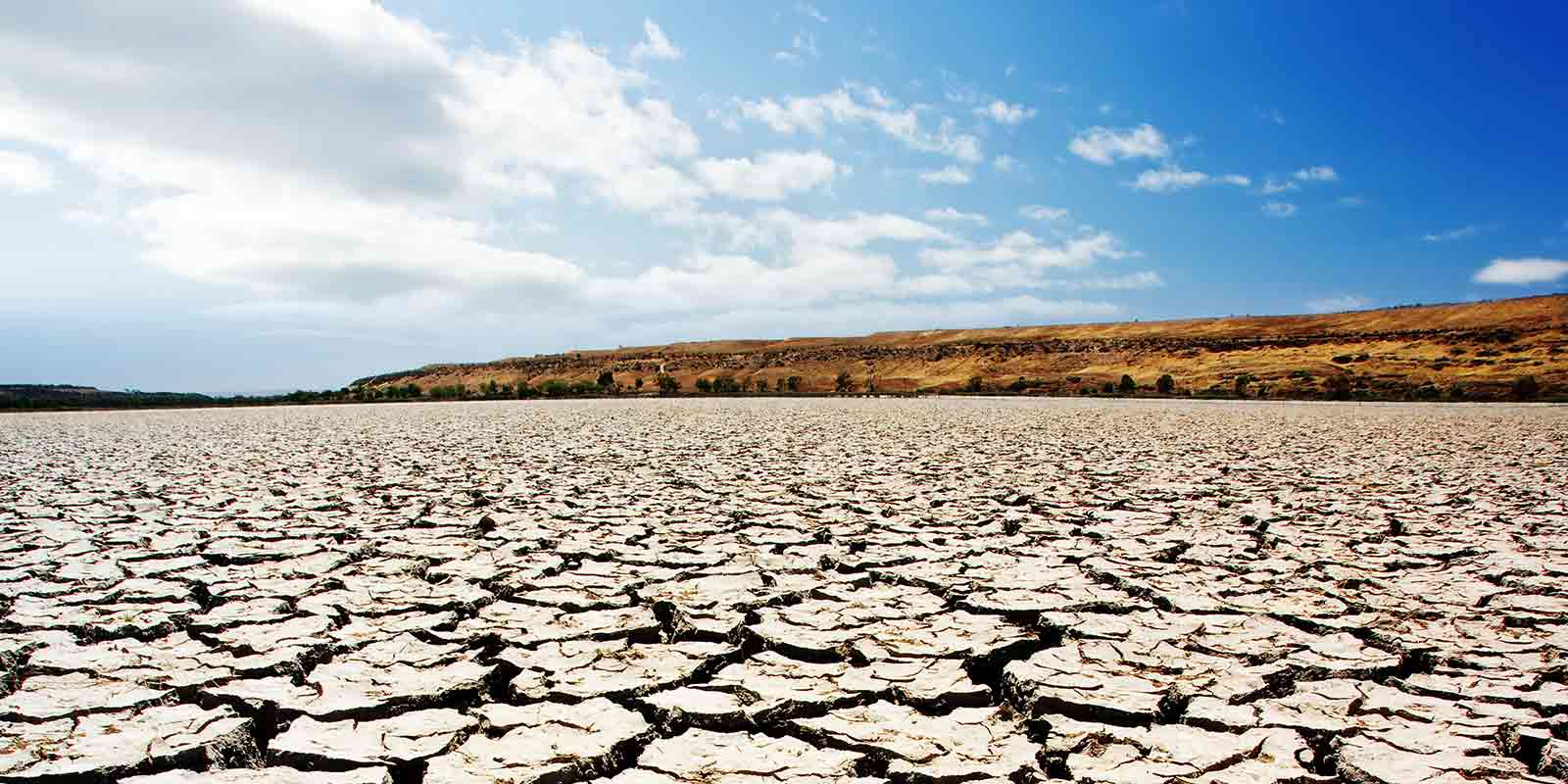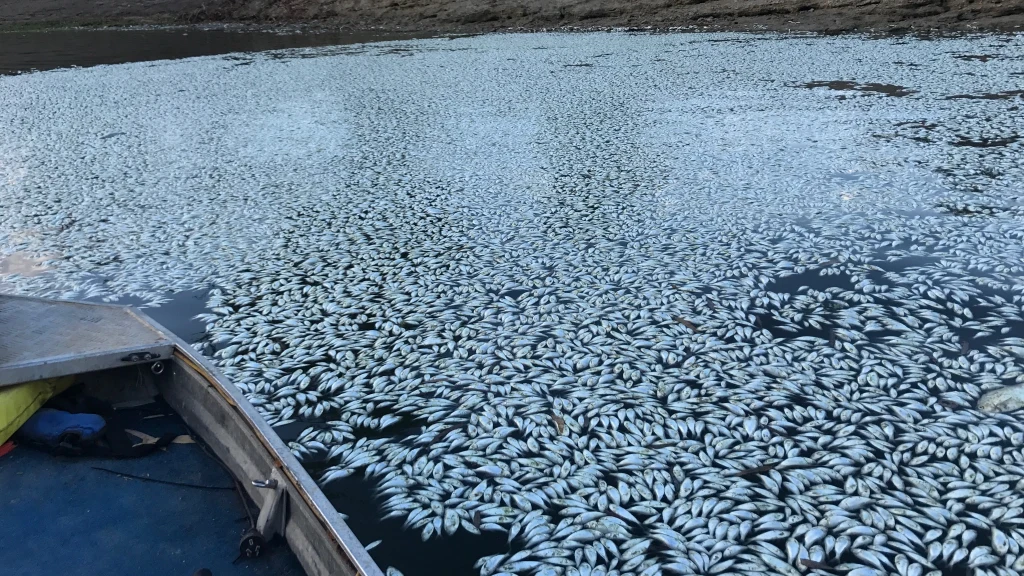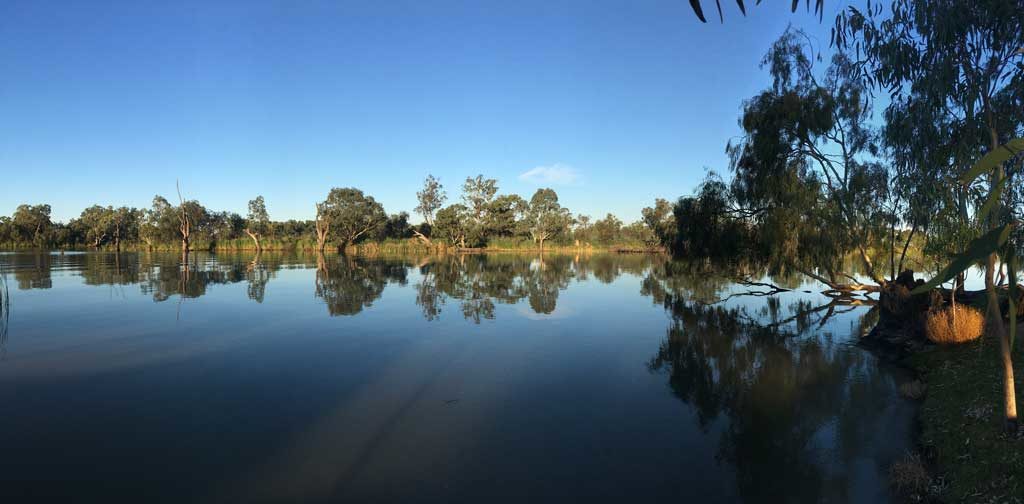The Murray-Darling Basin is one of the most important social, environmental, economic and cultural systems in Australia. In July the Australian government released the State of the Environment Report, which identified that overallocation of water resources and environmental degradation have been particularly pronounced within the Basin. It found that increased drought and extraction had pushed water levels to an all-time low, with the majority of the Basin now in poor condition.
The Murray Darling Basin Plan, introduced in 2012 at a cost of $13B, was intended address environmental needs. It was to deliver 2,750GL of water to the environment, with a further 450GL to be obtained through introduction of water efficiency projects.
August also saw the release of the second ‘Review of the Water for the Environment Special Account’, examining progress and prospects for delivering the 450GL target by 2024. The report found only 2.6GL of this water has been delivered for the environment, and only 60GL will be able to be delivered by the 2024 deadline.
One of Australia’s leading freshwater ecologists, Professor Richard Kingsford, has commented in The Conversation that ‘Finding political will’ to fix the problems in the Basin is critical, particularly given the commitment taken to the Federal election by Anthony Albanese to deliver the Murray-Darling Basin Plan.
Read on for more information about the Basin and its Plan, and the role Water Stewardship can play balancing the needs of the environment and communities in this unique and special part of Australia.

The Basin Plan
In 2007 the Water Act 2007 was established and sets out the legislative framework for the management of the Murray-Darling Basin’s water resources, including the establishment of the Murray-Darling Basin Authority (MDBA). It led to the development of the Murray-Darling Basin Plan, approved by both houses of parliament in 2012, and the need for the MDBA to develop a water resource plan for the Basin as a connected system.
The Plan sets limits for water extraction for economic and community use, while providing sufficient water (quantity and timing) to protect and restore the health of the Basin’s ecosystems. It promised to deliver 3,200 GL of water to the environment each year. This goal encompassed a water recovery target of 2,750 GL plus a further 450 GL through efficiency measures by 2024.
Importance of the Murray-Darling Basin in Australia’s environment, communities, and economy
The Murray-Darling Basin holds significant value throughout Australia’s environment, culture, heritage, and economy. The Basin environment includes 16 internationally significant wetlands and many iconic ecosystems and species such as the Murray Cod. A sad example of degradation of the freshwater environment was the death of millions of fish in the Menindee Lakes in 2018-19 due to low water flows, poor water quality and sudden change in temperatures.

Approximately 3.6 million people rely directly on Basin water for domestic, farm and irrigation use. Over 40 First Nations communities call the Basin home, with water at the heart of their cultural, social and spiritual identity and livelihood. However, they control only 0.17% of the Basin’s water resources.
The Murray-Darling Basin is a major contributor to Australia’s economy with approximately 40%, or $22 billion, of Australia’s agricultural production and an average of $11 billion generated by tourism. Improving the health of the Basin, and addressing risks such as those arising through climate change, is critical to Australia’s economy, community wellbeing, cultural values – not to mention our food security.
How Water Stewardship can help improve the Murray-Darling Basin
Securing the health of the Basin will require a range of approaches to balance social, economic, environmental and cultural needs, and Water Stewardship has an important role to play. It seeks to bring businesses and communities together in a locally-driven, multi-stakeholder collaboration on shared water challenges, in a way that drives change at the catchment scale and can be independently assessed against the international Water Stewardship Standard.
An example is the Renmark Irrigation Trust, whose certification against the Standard at Platinum level is a world first. RIT delivers water to 600 irrigators at 98% efficiency. It was the first irrigation body to partner with the Commonwealth Environmental Water Holder to return water to the environment, and works closely with local Council and community groups in restoring floodplains and wetlands, which is driving tourism opportunities and benefits for the district. Nearby, Renmark Paringa Council have also achieved certification, and WSAP is involved in a number of other initiatives to increase adoption of Water Stewardship in the Basin.
The potential contribution of Water Stewardship to Basin outcomes needs to be recognised and supported in the new government’s response to the Basin reports. Key areas where leadership will be critical to building impact at scale are:
- Financial support and incentives for businesses and other water users to address water risks, gain financial benefit from improved water management, and participate in Basin outcomes through voluntary participation in Water Stewardship; and
- Investment in the capacity to upskill people and transform business cultures, requiring a shift in focus from water efficiency to a holistic approach where the contribution to catchment outcomes is recognised and valued.


